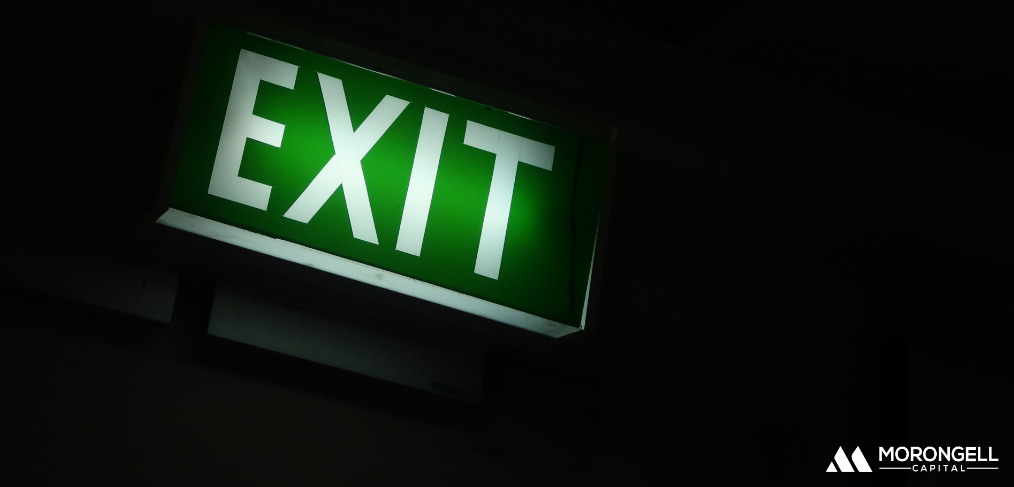Most investors determine their purchase price off of a cap rate. Savvy investors determine their purchase price based off of an exit strategy. By understanding your exit, you will be able to win more deals and create higher returns for yourself and investors. Before acquiring your next deal, implement these 3 principles to give yourself an advantage over the competition.
#1 HOLD PERIOD
Depending on your business model, you may be buying as an individual or as a syndicator. These hold periods can vary drastically, but you can expect a range from 3-20 years. As a private real estate investment firm, we look to hold our assets anywhere from 5-10 years. Why? It is a nice time frame that works for our business plan and for our investors to have their capital tied up. We typically like to create our value-add in the first 18-26 months and then hold the property for a few more years to enjoy our cash flow. If you are an individual, you may be looking for a longer hold period somewhere around 15-30 years. Regardless, knowing your hold period can help determine what type of finishes you do, amenities you add, and overall plans for the property.
#2 BUYER
Who are you going to sell to? Will you sell to a REIT, institution, syndicator, or individual? Knowing who will likely come in and buy it can help you determine what type of finishes you add on a multifamily asset. If you buy a 450-unit dated property and know an institution will come in and buy it from you, then you may want to update 100% of the units with some higher end finishes. Institutions and REITs tend to buy for yield and like a turnkey asset. If you sell to an individual or a small group, such a syndicator, your business plan may be a little different. These types of buyers (investors) generally like a little value-add play to be left. If we know we are selling a B/C class asset to this type of buyer, we will only turn 75% of the units to leave some “meat on the bone” and ultimately sell for a higher price. Knowing who your buyer will be can save you money on your “value-add” strategy and get you a higher sale price.
#3 REVERSION CAP
Knowing how long you are going to hold an asset and who your end buyer will be can help you come up with your reversion cap. A reversion cap is simply a guesstimate of what you think the cap rate will be when you go to sell it. As a syndicator, this is incredibly important and is often calculated incorrectly. Generally speaking, investors typically use an exit cap of 50-200 bps above current cap rates for that market. However, stopping at a rule of thumb is simply not good enough. You need to take it a few steps further. The first step is to make sure that you are adding the exit cap off the current market cap and not the specific asset you are buying. For example, if the market cap is 5.5%, but you bought at a 5% cap and add the 50-200bps to 5%, you are off 50bps on a conservative reversion cap. After you have made an educated assumption on your exit cap, take it a step further. See what your last year’s pro forma NOI is and calculate what the price per door is compared to what has sold for comps in the market. If you’re holding the asset for 5 years and all of the comps are priced at 80k/per door and your exit price per door is at 120k, there is a chance you’re either too aggressive in your pro forma assumptions, or your reversion cap is too low.
As you can see, we are passionate about the exit as it truly matters. Without a few strategies drawn up you will have a tough time knowing how much you can purchase a multifamily asset for. It also enables you to be more precise and confident when sending out LOIs. The art of exiting a deal can take you from being a good investor to a great investor.





